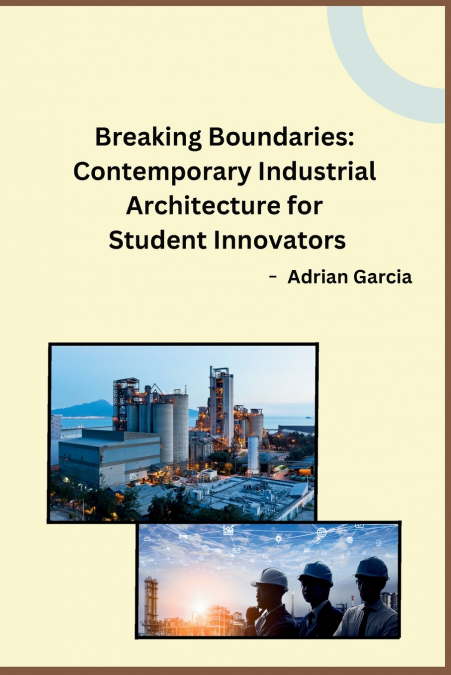
Adrian Garcia
Industrial architecture has come a long way since its inception, constantly evolving to meet the changing needs of society. This subchapter explores the remarkable journey of industrial architecture, from its early beginnings to the cutting-edge designs of today. Whether you are an aspiring architect or simply curious about the field, this chapter will provide you with a comprehensive overview of the evolution of industrial architecture.The roots of industrial architecture can be traced back to the Industrial Revolution in the 18th century, when advancements in technology and manufacturing processes led to the construction of large-scale factories. These early industrial buildings were characterized by their utilitarian design, with a focus on functionality rather than aesthetics. However, as the industrial sector continued to grow, architects began to experiment with new materials and construction techniques, leading to the emergence of a distinct architectural style.In the early 20th century, architects like Le Corbusier and Frank Lloyd Wright revolutionized industrial architecture with their innovative designs. They introduced concepts such as open floor plans, natural lighting, and flexible spaces, creating work environments that were both efficient and conducive to human well-being. These pioneers challenged traditional notions of industrial architecture, embracing modern materials like glass and steel to create more visually appealing structures.Fast forward to the present day, and we see a remarkable shift in industrial architecture. With the advent of digital technologies and the increasing emphasis on sustainability, architects are pushing the boundaries of design to create buildings that are not only functional but also environmentally friendly. Concepts like green roofs, solar panels, and rainwater harvesting systems are now commonly integrated into industrial structures, reducing their carbon footprint and promoting a more sustainable future.Additionally, the rise of automation and artificial intelligence has also had a profound impact on industrial architecture. As factories become more automated, architects are reimagining these spaces to accommodate advanced machinery and robotics. The focus now lies in creating flexible and adaptable spaces that can easily be reconfigured to meet the changing needs of manufacturers.